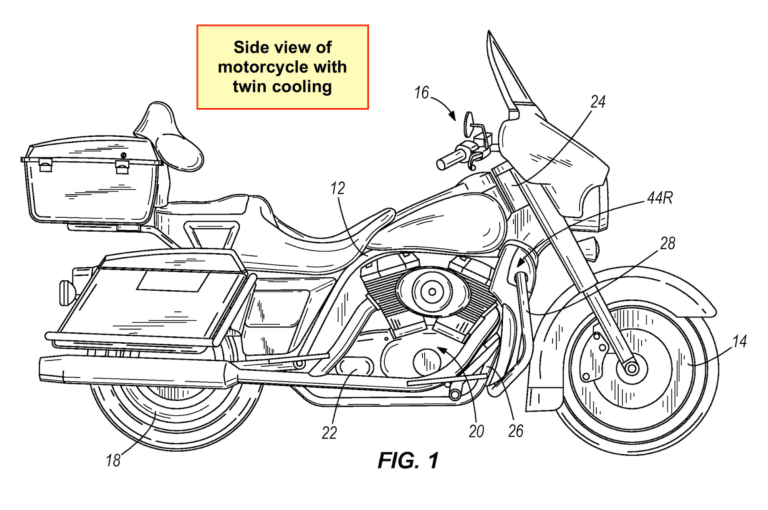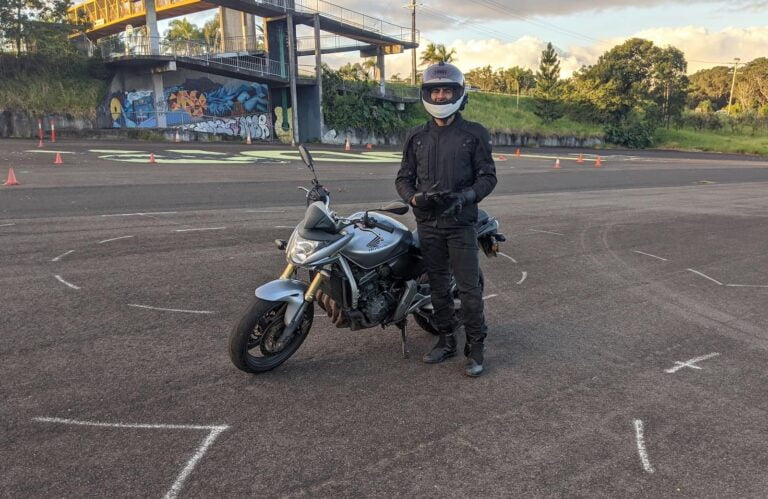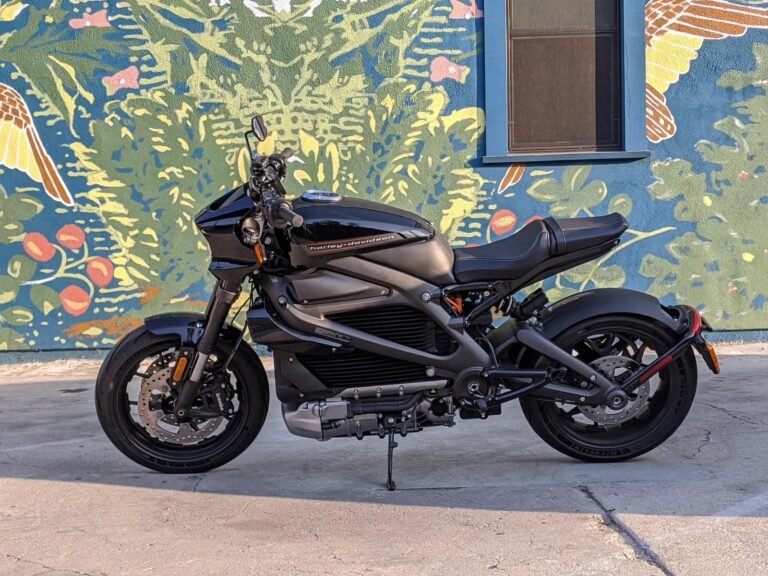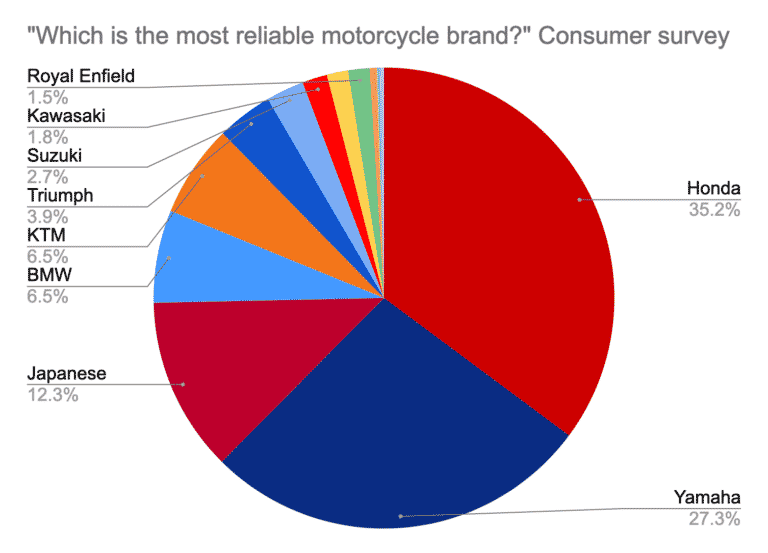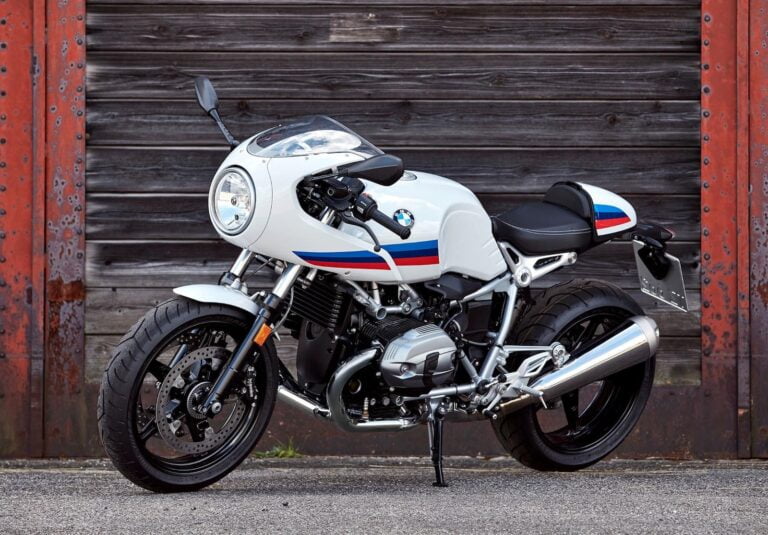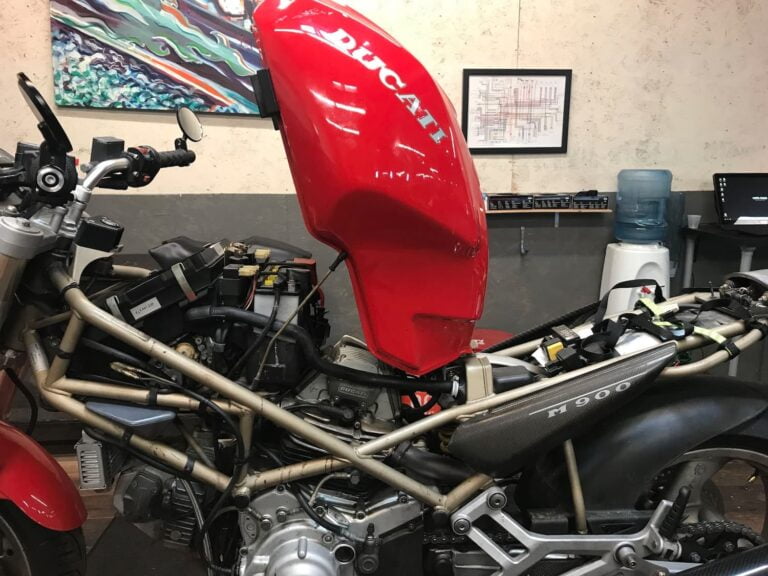I’m an Australian who spends most of his life abroad across all six populated continents, but with a couple of years back home every year. As such, I’ve come to learn a lot about what makes riding unique in each continent, and thought I’d share a bit about what foreign riders should know about riding in Australia.
The main differences with riding motorcycles in Australia are
- The speed limits are lower and the police are aggressive
- The off-road riding can be amazing
- The models of motorcycles available are a bit different
- There are slightly different traffic rules that you should be aware of
- Attitudes to gear/helmets are much more conservative
OK, let’s get into it.
If you’re an Australian and want to ride motorcycles in the US — here are a few tips relevant to that that I learned the hard way, too.
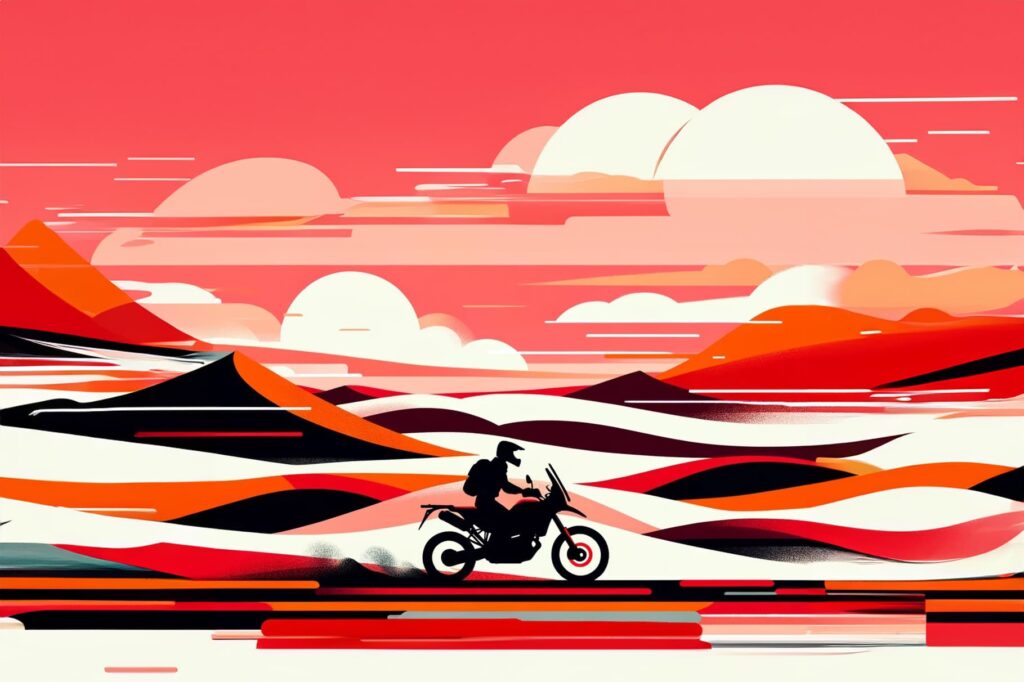
Are you obsessed with motorcycles?
Well, I am. That’s why I created this site — as an outlet. I love learning and sharing what others might find useful. If you like what you read here, and you’re a fraction as obsessed as I am, you might like to know when I’ve published more. (Check the latest for an idea of what you’ll see.)
The speed limits are lower, and police are much more aggressive.
This is true both inside cities as well as on the highways.
In residential environments in Australia, you normally have to go a maximum of 50km/h (about 35 mph) in developed cities. When school is on, you have to drive/ride at 40 km/h (about… extremely slowly).
On the freeways, the most common speed limit is 100 km/h (~60 mph), with 110 (~65) sometimes being available (there are a limited number of freeways in the Far North where the limits are 130 km/h, or about 80 mph).
On highways/freeways, there are frequent construction zones where speed limits are reduced and you’re expected to comply.
What makes this very important is that speed limits are policed very aggressively.
In Australia, “speed traps” are the norm: cameras that capture your speed. You receive a fine in the mail a few days later! These are rare in Europe and in the US and almost unheard of elsewhere (other than New Zealand).
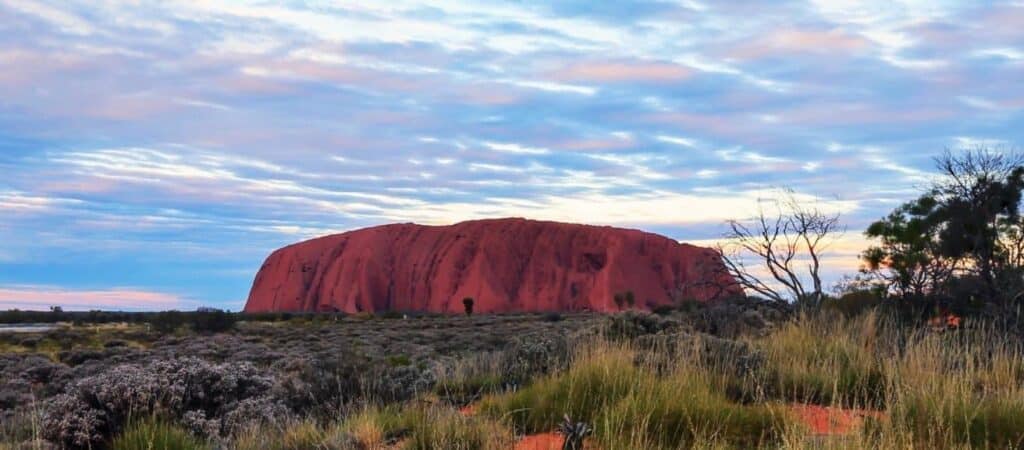
There are three main kinds of ways you get speeding tickets in Australia on motorcycles:
- Speed traps where you don’t know they’re there and they grab your photo. These are actually less of a threat for motorcycles because they’re usually forward facing, and in Australia, there are no license plates on the front of motorcycles.
- Rear-facing speeding cameras, hanging off bridges or stand-alone. These will definitely catch you speeding. They’re usually well-advertised either with street signs or on Waze. But beware anyway – it’s so easy to just be 5-10 km/h over with a motorcycle, and you’ll definitely get a ticket.
- “Average speed” cameras. These are the deadliest in some ways. Your photo is taken among several points on a journey, and if your average speed is higher than the posted speed over the range, you get dinged.

There are also frequent “speed traps” where a police vehicle will lie in wait. In Australia, depending on the state, you can be fined for going as little as 2 km/h over the speed limit. It’s up to the discretion of the police officer.
As we speak, I’m patiently awaiting a series of speeding tickets for my ride home from Newcastle yesterday. I’m terrified.
Australian models of motorcycle
By and large, the same motorcycles are available in Australia as in the US. But a few models are imported to Australia that aren’t available elsewhere. And a few others are far less common.
There are probably many, but these are the ones that have crossed my radar.
Big bore Japanese UJMs: Yamaha XJR1300, Suzuki GSX1400, Honda CB1300

The US only saw the Kawasaki ZRX1200R “ELR” of this group and it became a cult classic. Even more than 15 years later, good condition used models cost a pretty penny, and while their miles are going up, their price is not going down.
But in Australia, you can get these other big-bore four-cylinder torque monsters and they are cheap!
See here for more about big-bore four-cylinder motorcycles.
“Slower” Japanese motorcycles: Kawasaki W800, Honda CB400SF
These are two motorcycles making around 50hp which are very popular in Australia. They’re attractive, have no fairing, and are well-suited to Australia’s harsh speed enforcement environment. (Kawasaki eventually got the W800).
The CB400SF is popular with learners because it’s wicked fun to ride. It’s fast enough (a 0-100 km/h or 0-60 mph) of around 5 seconds, and you can legitimately redline it in a few gears at legal speed limits. Plus, it looks great.
See more about the CB400 here.
Four-cylinder screamers: Honda MC22 CBR250RR, Kawasaki ZX-2R
These motorcycles were imported to Australia in the 90s and 2000s. There are a few other examples too. They’re all four-cylinder four-stroke 2500cc motorcycles that make above 40hp and redline north of 15,000 (sometimes near 20,000).
Many in the US lust after them, though they’d be impractical in America’s high-speed highway environment. Neither the US nor Australia got the new Kawasaki ZX-25R, sadly.
Different Australian Traffic Rules
Riding in Australia means knowing a few general different traffic rules and conditions.
Lane filtering: You can lane filter in Australia. You can in Europe too, but in the US, it’s only legal in California.
However, bear in mind that you’re only supposed to do it in low speed traffic (like a traffic jam or at a light), and only if you’re going 20km/h or less. More than that, and you risk getting nabbed.
Secondly, drivers don’t like lane filtering in Australia. Occasionally they’ll yell at you for “pushing in” (cutting in line), and might even think it’s illegal — it wasn’t always legal in Australia. Australians are generally quick to tell others off if they perceive a rule has broken, something symptomatic of the draconian police-state mentality, and maybe a leftover symptom of the suffocating propriety of British culture.
(Don’t like that I’m saying this? I’ve left, and this part of the reason why: I value freedom.)
Lane-changing etiquette: In Australia, if you turn on your turn signal (“Indicators” as they call them), other cars will actually slow down and let you in.
This is a stark contrast to using turn signals in the US, for example, where other cars will speed up and fill the gap, resulting in people often choosing not to use turn signals.
The implications are twofold: Firstly, always use turn signals. Not doing so will aggravate other drivers, and why cause aggravation? Secondly, if someone turns theirs on, slow down and let them in.
No “turn left” at traffic light unless indicated.
In the US and in many countries, you can turn (usually right) at a traffic light even if the light is red as long as no other cars are coming. This is not allowed in Australia unless explicitly signposted. (there’ll be a sign saying “Turn left at any time with care”).
It may be illegal to do U-turns at traffic lights
This changes state to state, so be aware of it. If you take a wrong turn, do not do a U-turn at a traffic light unless you’re certain it’s permitted. In Queensland, for example, it’s only permitted when signposted.
Hook turns at tram stops
This is unique to inner-city Melbourne, but very frightening the first time you do it. It’s hard to explain in text, so look at this image.
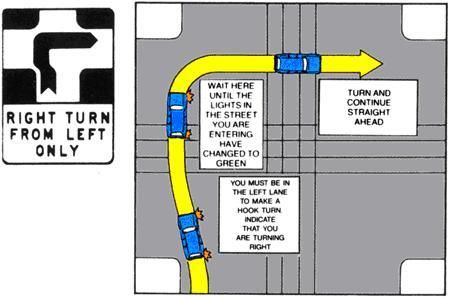
Basically, when there are tram tracks in the middle, and you want to turn right (from the left lane, remember!) hang out at the left until the lights change, and then go.
Conservative attitude to motorcycle gear in Australia
In every state in Australia, riding without a helmet is illegal. (Did you know that in the majority of US states it’s legal? It’s still a bad idea… you’re 33 times more likely to die in an accident!)
Beyond that, Australian culture is generally quite conservative and safety-conscious. I’m not really sure why. But it means people are more likely to wear full kit (“ATGATT”), even on motorcycles where that’s culturally less common, like lightweight cruisers, or learner motorcycles.
It’s kind of nice, because I’m predisposed to wearing gear — sometimes I omit a jacket if it’s warm, maybe.
People are likely to tell you off if you’re not wearing gear, or even just for riding a motorcycle, as if I had just said I was smoking. It’s anecdotal, but I felt that people didn’t do this as much in the US or in Europe, where they live and let live. In Australia, people will almost just start giving my parents condolences!

